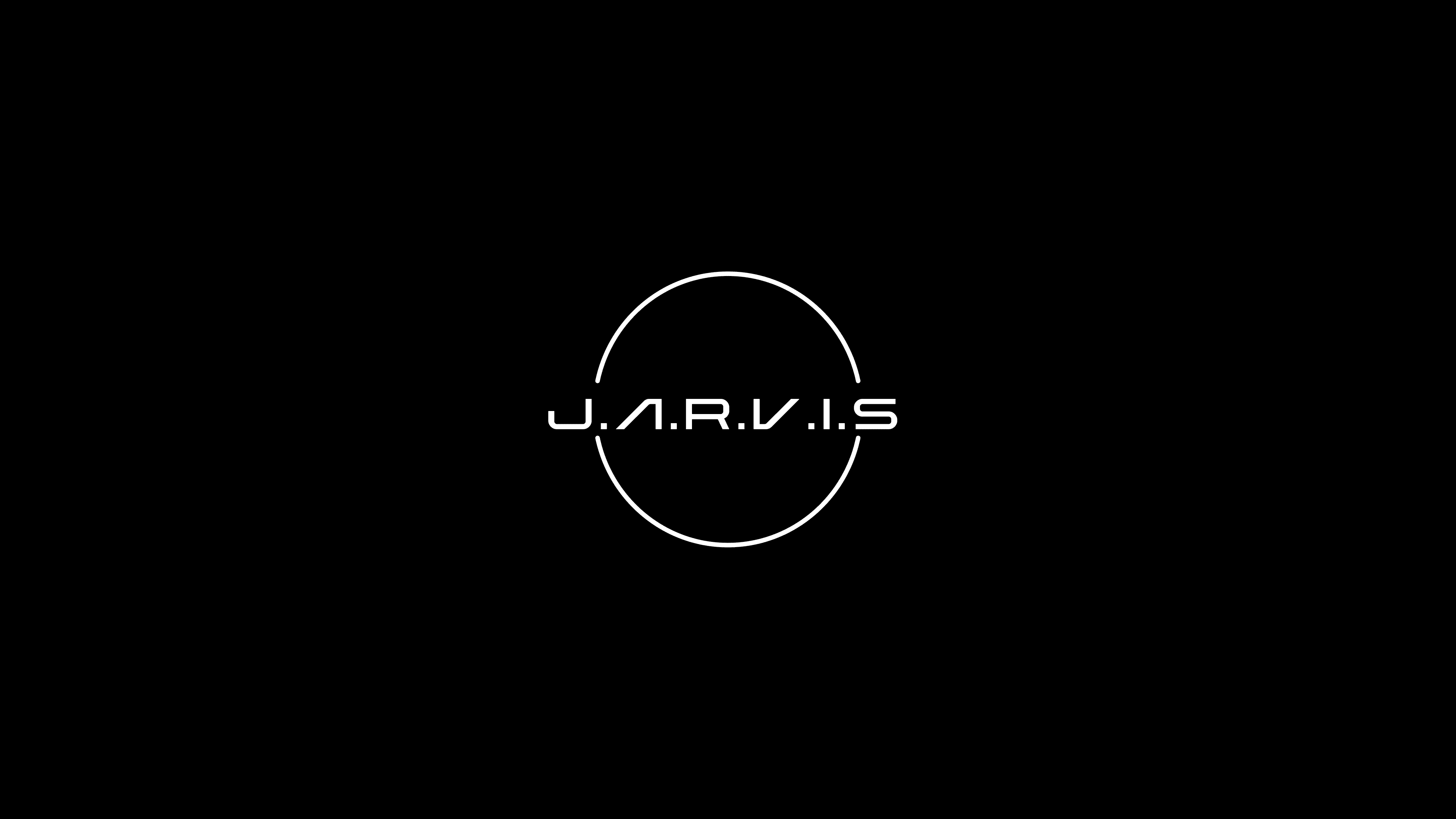A few days ago, Sahil Lavingia tweeted something that caught my attention:
The nature of AI work
When AI takes over all day-to-day tasks, the average human workday will look something like:
Come to the office (9–11)
Talk about what to work on, and why
Leave for lunch, gym, family, friends, etc(Meanwhile, AI does 1,000+ hours of work turning ideas into execution)
Come back to the office (3–5)
Tweak and ship the work
Leave
This feels right to me. We're approaching an inflection point that will transform how we work.
AI has progressed rapidly, yet something's been missing. Despite the hype around ChatGPT and similar tools, we haven't seen mass adoption of AI for everyday tasks. The Iron Man experience—where Jarvis handles everything—remains science fiction.
Why AI Hasn't Changed Everything (Yet)
The reason was simple: until recently, AI could generate text but couldn't take meaningful action in the world.
That's changing now. The missing pieces are falling into place.
- We have large language models that understand natural language with remarkable accuracy.
- We have frameworks like Claude's Machine Control Protocol and Google's A2A that allow AI to interact with other systems.
- We have voice interfaces becoming more natural and conversational.
- We're developing standards for agents to work together seamlessly.
All the components exist, at least in theory. Someone just needs to integrate them into a cohesive product.
The Future of Work with AI Agents
What would this look like in practice?
You arrive at work. Instead of opening apps and typing commands, you simply speak: "Prepare the quarterly report using last month's sales data, compare it to our projections, and highlight any concerning trends."
The AI understands. It accesses your database, retrieves the relevant information, performs the analysis, creates visualizations, drafts explanations, and compiles everything into a polished report. If it needs clarification, it asks. If it encounters problems, it troubleshoots them.
You spend your morning discussing strategy with colleagues. You define goals and priorities. You think about the why instead of the how. Meanwhile, your AI assistant handles implementation.
After lunch, you review what the AI has produced. You provide feedback: "The executive summary needs to emphasize our growth in the European market more clearly." The AI makes the adjustments immediately. You approve the final version, and it's distributed to stakeholders.
Zero Execution Barrier, Infinite Possibilities
The barrier to execution becomes almost zero. Ideas transform into reality at unprecedented speed.
This isn't just faster work—it's a fundamental shift in human capability. When execution becomes trivial, creativity and strategic thinking become our primary value.
We're building toward this future. The technical pieces exist. What's missing is the integration and user experience that makes it all seamless and accessible.
More Jobs, Just Different Ones
Some will worry this means fewer jobs. I think it means different jobs. Throughout history, automation has eliminated certain types of work while creating new opportunities. The same will happen here, but at a scale and pace we haven't seen before.
What matters now is ensuring this transition benefits humanity broadly. We need to think carefully about how these tools are deployed, who controls them, and how we distribute their advantages.
Conclusion: It's No Longer Fiction
The Jarvis-like experience isn't science fiction anymore. It's engineering. And we're closer than most people realize.
Written by Syed Husain
Published on April 14, 2025
